Black Spots on Pindo Palm
ylmzm
10 years ago
Related Stories

MIDCENTURY HOMESHouzz Tour: Pools and Martinis Inspire a Palm Springs Remodel
Weighed down by black-heavy ’80s style, a California desert home gets a fun and lighthearted look just right for its midcentury roots
Full Story
LANDSCAPE DESIGNCelebrate a Sunny Climate With the Right Leafy Palm for Your Site
So you get freezes or floods. So your garden is small. These palms send excuses riding off into the tropical sunset
Full Story
HOUZZ TOURSRare Modernist Home Uncovered in Palm Springs
A custom home by modernist William Krisel gets restored and updated
Full Story
DECORATING GUIDESHouzz Tour: Warm, Curvy Modernism in Palm Springs
It’s endless summer in this midcentury gem with bright white interiors and rich bursts of color
Full Story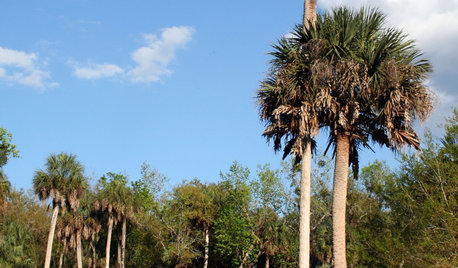
TREESGreat Design Plant: Sabal Palm Enchants in Balmy Sites
Towering and tolerant, this tree blends in, stands out and happily stars in vacation photos
Full Story
BATHROOM DESIGN11 Smashing Black Bathrooms
Going dark in the bath amps up the drama and lets metallic finishes shine
Full Story
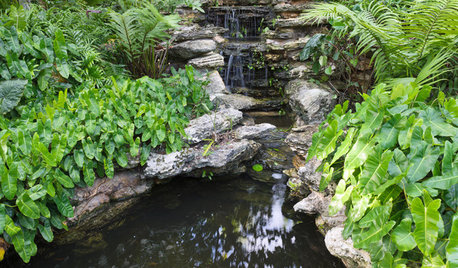
LANDSCAPE DESIGNRecipe for Tropical Edible Garden Style
Appeal to exotic good taste with fruit trees, palms and tropical look-alikes in your temperate-climate garden
Full Story
TROPICAL STYLE11 Ways With Tropical Wallpaper
Palm fronds, banana leaves and other tropical botanical patterns can add a lush, exotic atmosphere to any room
Full Story
LIVING ROOMSRoom of the Day: A Subdued Living Room That Shines
This redone Boston living room fulfills its roles beautifully. It's both a quiet spot for reading and a stylish space for hosting guests
Full Story





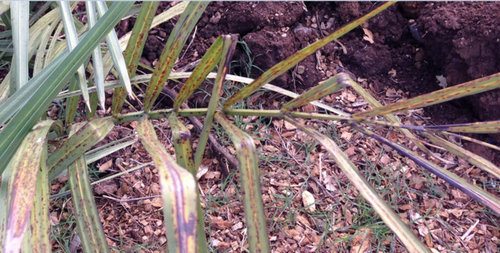
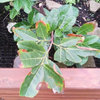
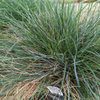
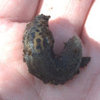
ylmzmOriginal Author
ken_adrian Adrian MI cold Z5
Related Professionals
Wrentham Landscape Architects & Landscape Designers · Seabrook Landscape Architects & Landscape Designers · Tomball Landscape Architects & Landscape Designers · Salem Landscape Contractors · Boca Raton Landscape Contractors · Brockton Landscape Contractors · Middle River Landscape Contractors · Oviedo Landscape Contractors · Panama City Beach Landscape Contractors · Paramount Landscape Contractors · Paso Robles Landscape Contractors · Raleigh Landscape Contractors · Vacaville Landscape Contractors · Shenandoah Landscape Contractors · Jericho Stone, Pavers & ConcreteylmzmOriginal Author
ronalawn82
perryr85
Whitney Lance
perryr85
Jay 6a Chicago
Amnesty Woodhall
perryr85